Themed Tours
Themed tours
Number of results: 20
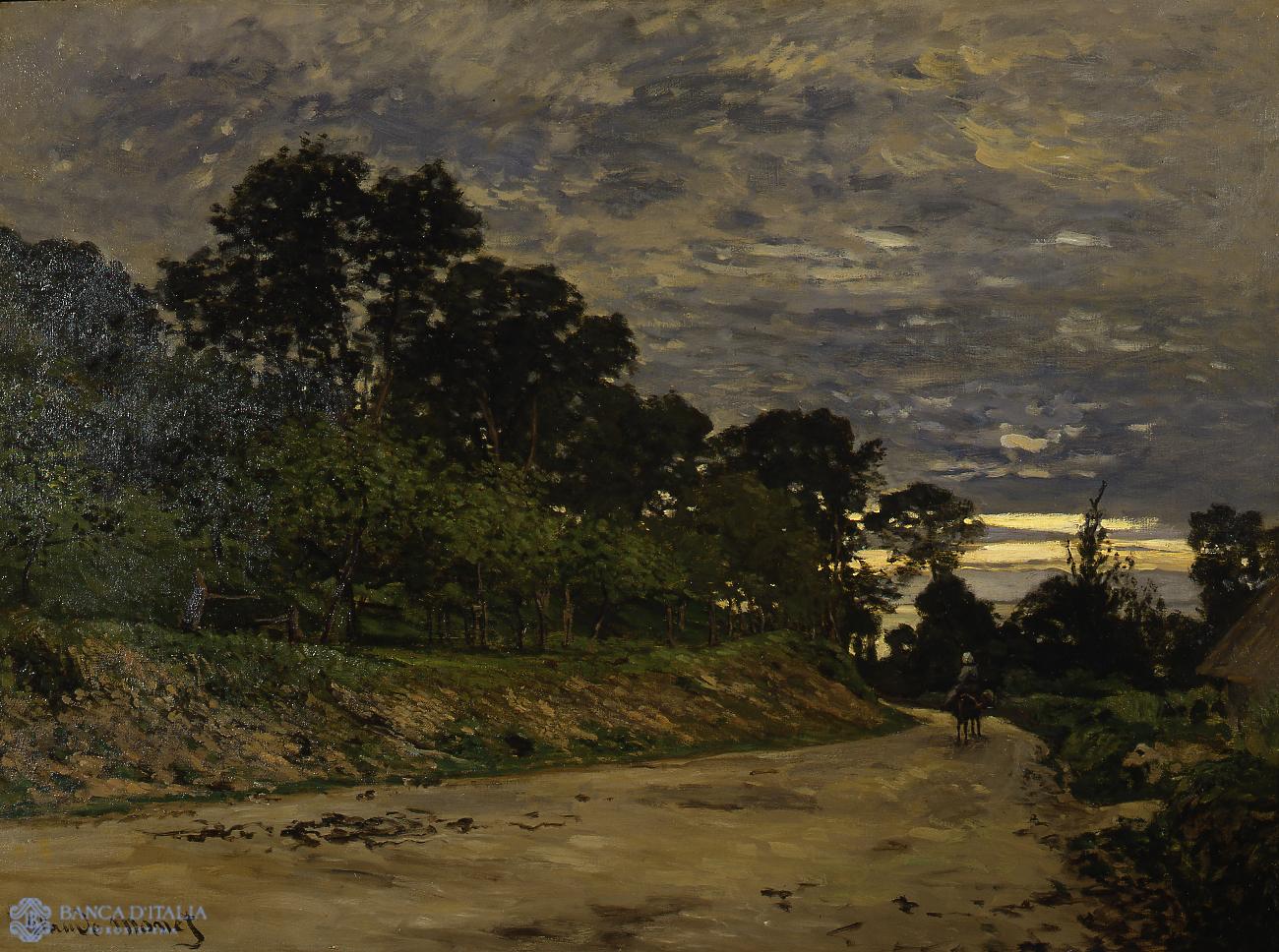
The Gualino Collection
The art collection of Riccardo Gualino, a sophisticated entrepreneur from the Piedmont region, was without doubt one of the most important Italian collections of the early 1900s. Gualino was bankrupted during the Great Depression and had to make over his collection to the Bank of Italy, with which he had contracted a substantial loan.

Ancient Oriental Art
The Asian works of art which became part of the Bank of Italy’s collection in 1931, and now form its oldest and most prestigious nucleus, originally belonged to the collection of Riccardo Gualino. This brilliant entrepreneur from Turin was bankrupted by the Great Depression of 1929-30 and his collection was seized.
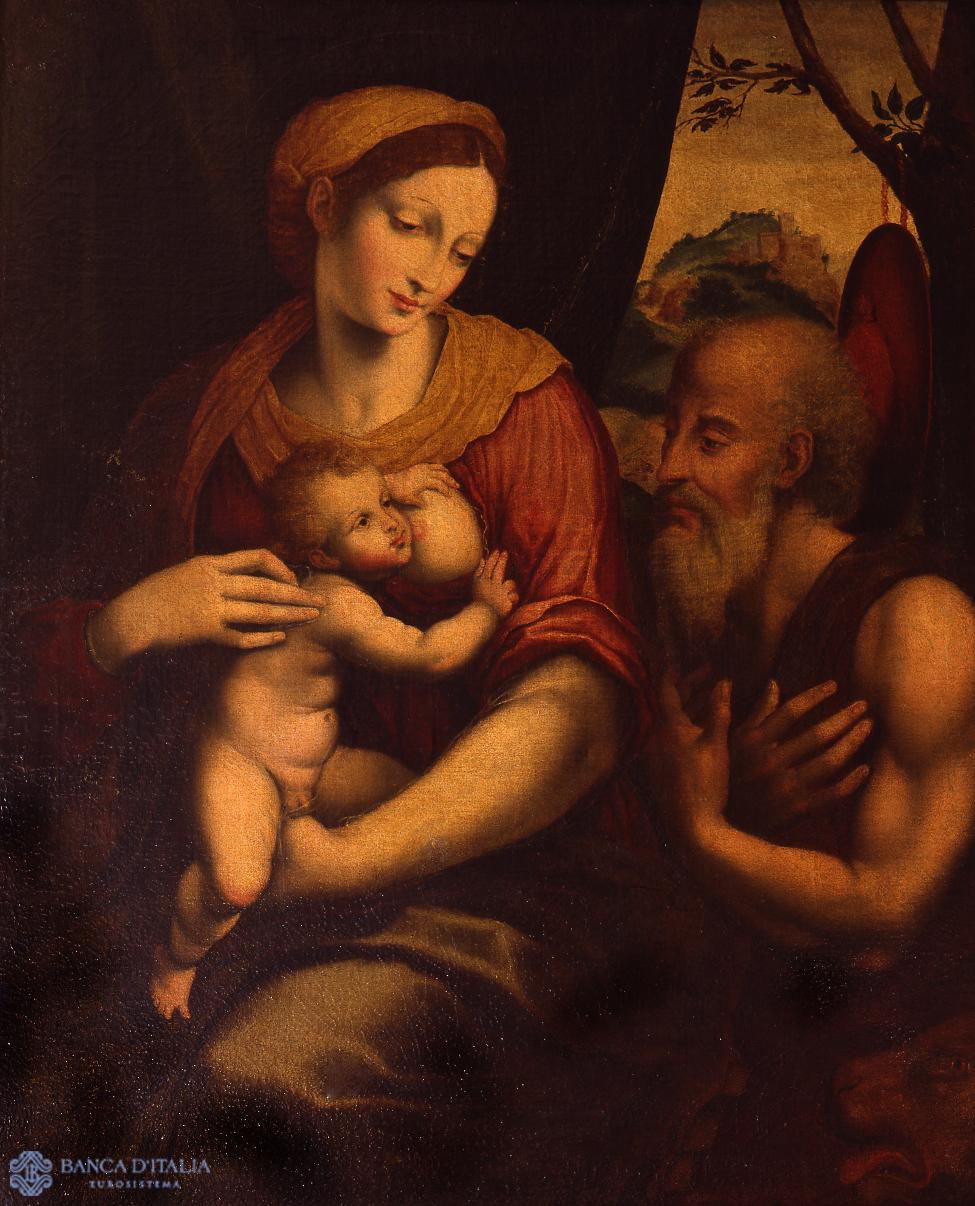
Antiquity and the Renaissance
The Bank of Italy’s art collections contain an interesting group of ancient sculptures, dated for the most part between the 2nd and 4th centuries AD. Some of these were discovered at the end of the 19th century during the construction of Palazzo Koch, the most important being the statue of Antinous, an example of the balanced forms of Hellenic art revived by the emperor Hadrian.

The 17th Century
The group of 17th-century paintings conserved in Palazzo Koch and other buildings of the Bank of Italy are of considerable interest, as they are representative of several artists and schools of the time. A youthful work of Claude Vignon provides an important example of Caravaggism, the first movement of European significance, which originated in Rome inspired by the artist’s work.
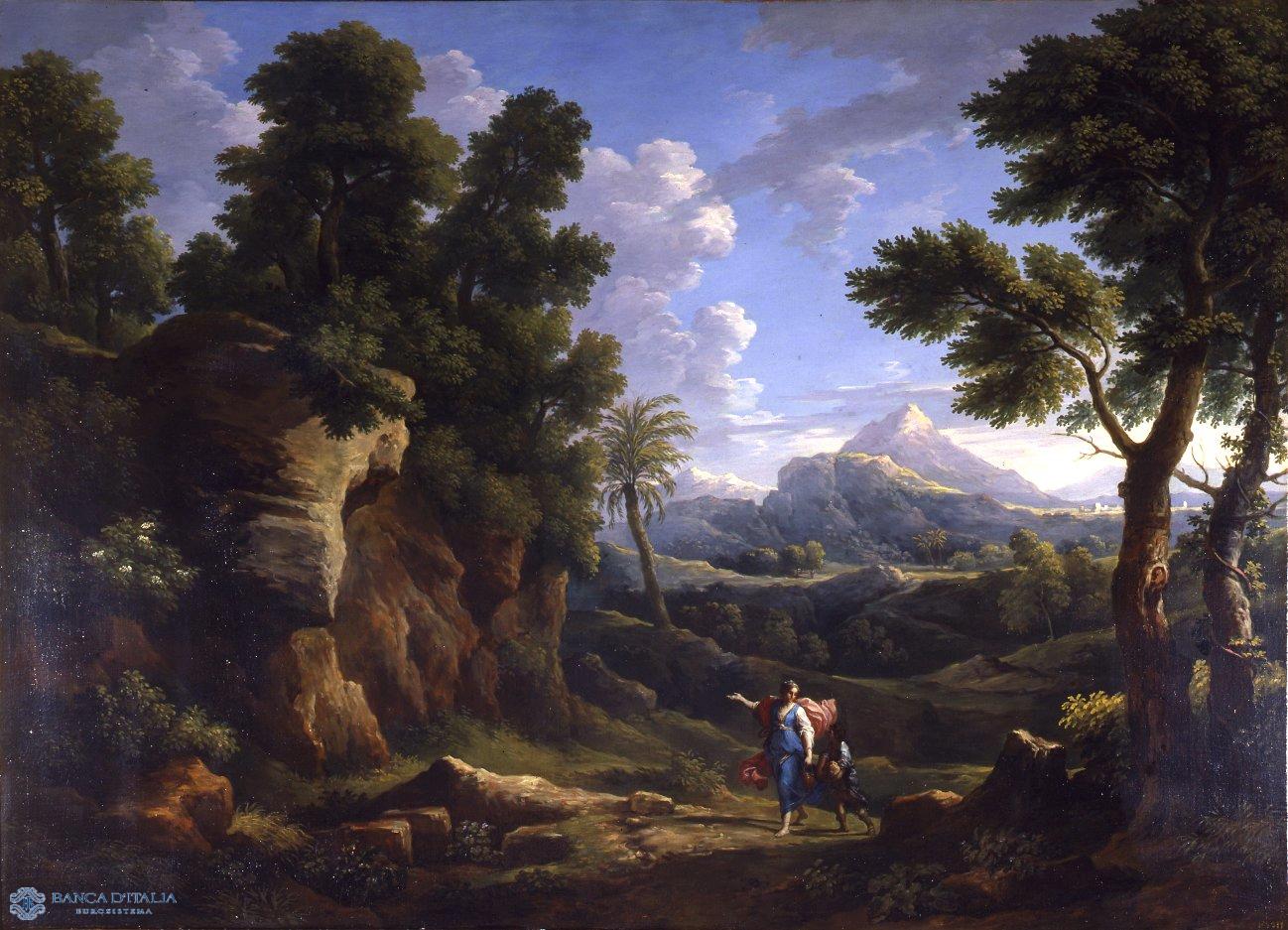
The 18th Century
Italian painting of the 18th century is represented by a large group of landscapes that illustrate the main developments in this important genre of the time. There are ten works by Jan Frans van Bloemen, known as Orizzonte, in the Palazzo Koch collection, the largest selection of his works after that of the Galleria Doria Pamphilj.

The Tapestries
The reception rooms of Palazzo Koch contain a number of antique tapestries. There are sixteen pieces in all, produced by various French and Flemish workshops, providing a substantial sample of European production in the 16th and 17th centuries.
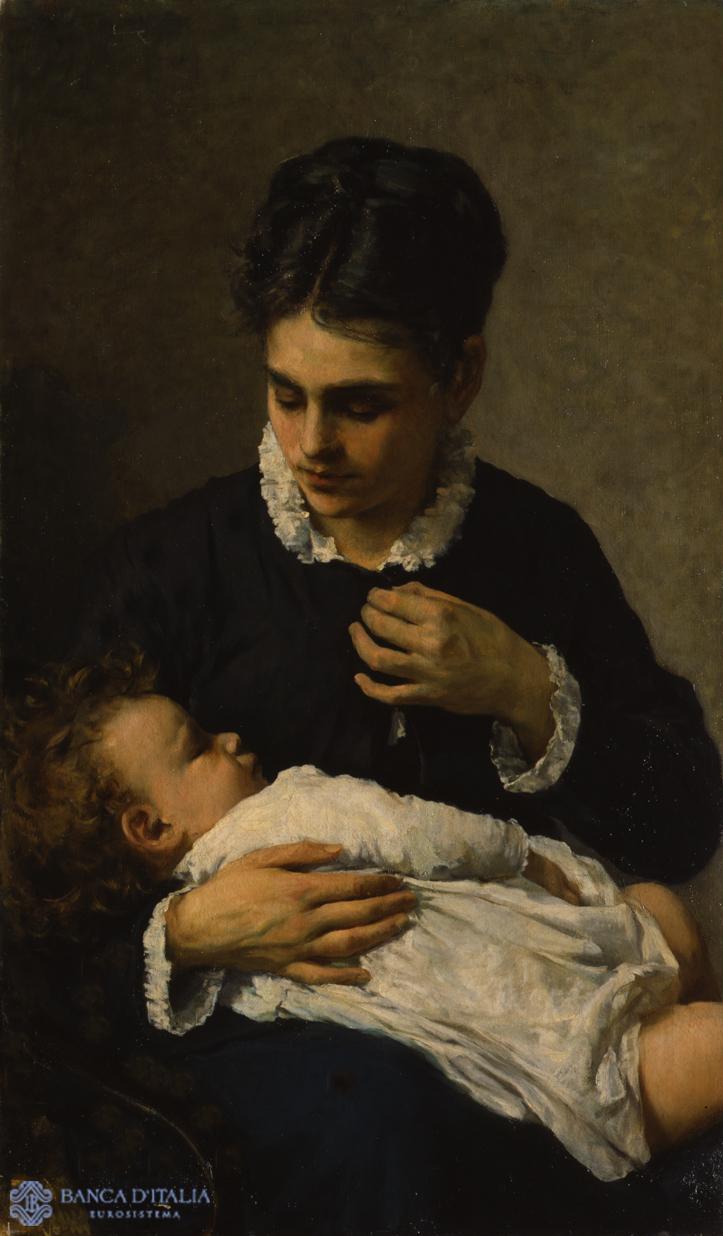
From Neoclassicism to the “Ideology of Truth”
The 19th century in Italy is represented by a series of works illustrating how the passage from the 18th century – here exemplified by a work of the great sculptor Antonio Canova – led to an art form that sought to create a deep relationship with the reality of objects and of human experience.

South and North in 19th Century Italian Art
The traditional division of Italian art into regional schools remained throughout the 19th century, although it was drawn along new lines. Apart from the Tuscan movements, which developed in the specific directions illustrated here, the evolution of art took different paths in the North and the South of Italy.
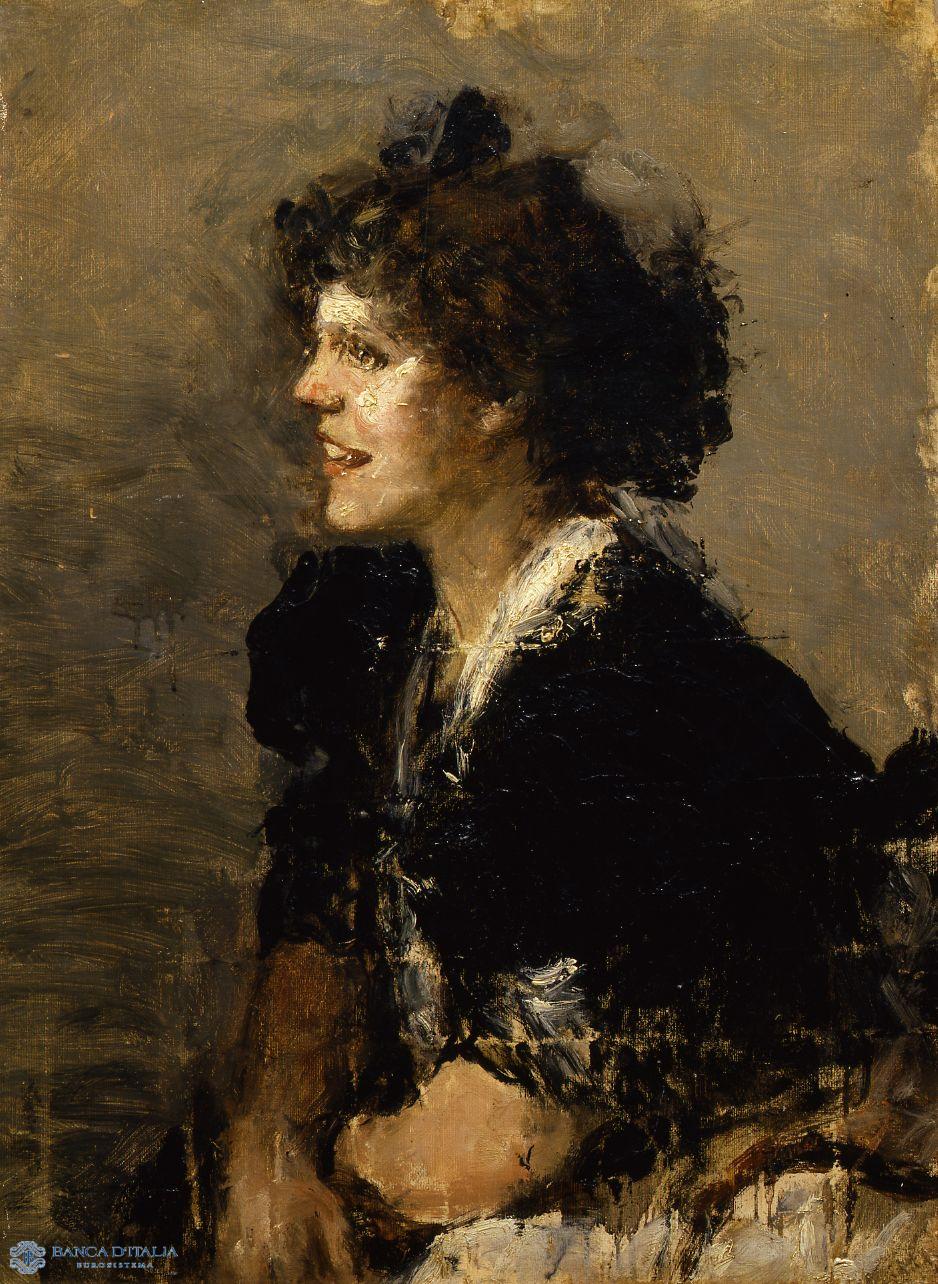
Early Twentieth-Century Figurative Painting
The earliest appearances in Italy of what might be called “avant-garde” painting occurred with the Divisionist movement of artists like Previati and Segantini, who were born in the 1850s.
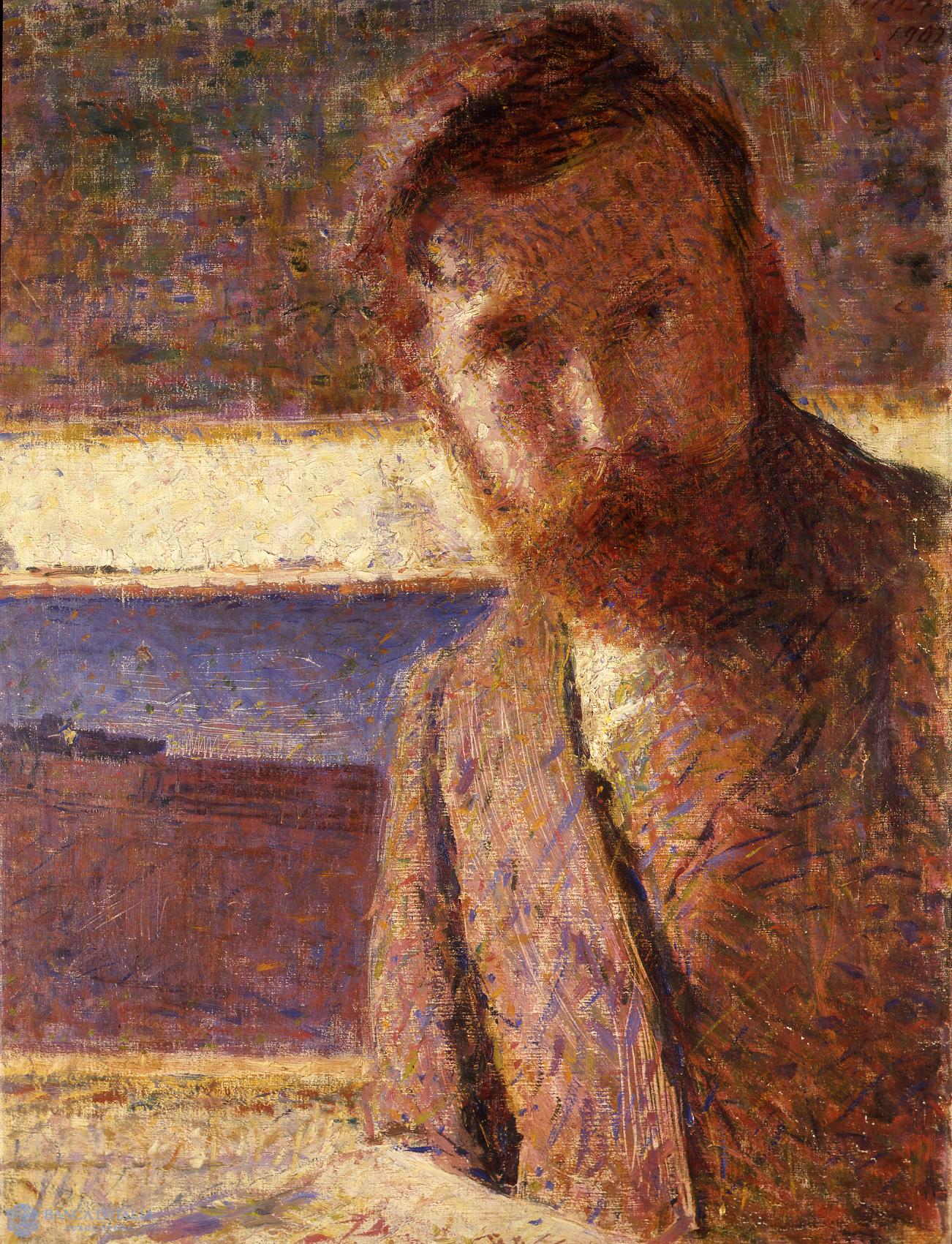
From the Crisis of the Late 19th-Century Expressionism to the Avant-Garde and the “Return to Order”
From the turn of the century until the 1930s, the situation regarding Italian art – and that of Europe as a whole, albeit with national variations – was extremely complex. The interweaving, concurrence and at times contamination of currents of very diverse origins and objectives created a scenario that not only does not lend itself to an ad hoc descriptive phrase...
